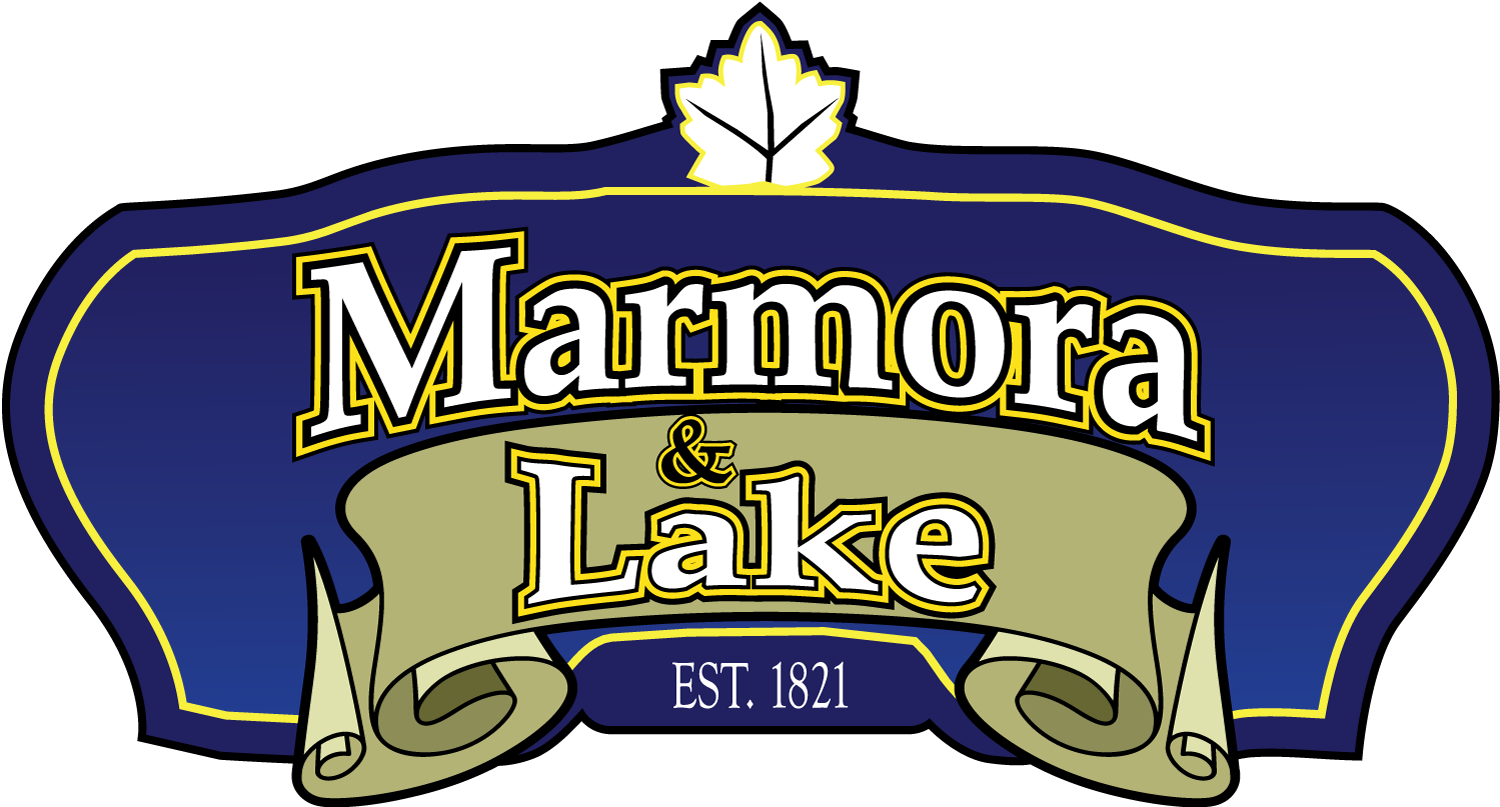Karst Guidance
Karst, and What it Means For Your Property and Development
The Crowe Valley Conservation Authority (CVCA) office has mapping (prepared by the Ontario Geological Survey) which indicates that there is a known presence of karst in this area.
WHAT IS KARST?
Example of Karst topography observed in the CVCA watershed.
Karst topography exists in areas where rain and snow are slightly acidic and where organics in surface waters flow over and through certain types of Paleozoic-age sedimentary carbonate rocks (e.g. limestone and dolostone), gypsum/anhydrite, and Proterozoic-age ancient marbles of Canadian Shield to north.
In Karst prone areas bedrock has the potential to create sinkholes as well as clint and grike bedrock pavements (widened vertical joints in two main directions that make bedrock surface appear to display a checker board pattern) and horizontal solution-enhanced joints which are the main geological features that are indicative of Karst. Where vertical and horizontal joints connect this may result in development of underground caverns which may result in unstable bedrock.
Bedrock instability due to karst dissolution processes is extremely rare in Ontario however, special care should be taken when near bedrock scarps and incised river valleys.
Karst also actively forms in older marble bodies (metamorphosed limestones and dolostones) in ancient crystalline Canadian Shield rocks of Proterozoic age in northern parts of CVCA Watershed. While they can also occur on soft granite bedrock, the majority of karst landforms are in carbonate rocks and gypsum/anhydrite rocks.
It is fairly uncommon for karst to be a physical hazard (sink holes/caves) in this region, but it is possible that during construction some unstable bedrock can be discovered.
WHY SHOULD I CARE AND WHAT CAN I DO?
Example of Karst topography observed in the CVCA watershed.
One of the biggest concerns with regards to karst is the potential for the solution-enhanced, jointed sedimentary carbonate bedrock to act as a contamination pathway. Karst areas, being dominated by cracks and fissures through the rock, may allow contaminants to quickly reach groundwater sources without much filtration, including private wells. Mitigation strategies should be considered to reduce potential risks. For example, this could include clay liners or "overbuilding" of septic beds to ensure excess nutrients and other contaminants from sewage are contained and sufficiently treated to prevent them from making their way into drinking water aquifers. Another example could be installing a sump/catchment for a garage to reduce chances of oils, salts and other contaminants from entering water supplies. In addition to the “overbuilding” of the septic system, you may also want to consider the installation of an additional water treatment system in the home. Additional consideration with regards to the placement of water supplies should be taken in active agricultural areas.
WHAT TO DO DURING CONSTRUCTON AND WHAT IF KARST IS FOUND?
During excavation, the underlying bedrock should be inspected by the builder for potential karst formation. If any karst features are identified (caves, deep fracturing of limestone, sinkholes), it is recommended that all digging stop immediately, and that a geological engineer be consulted to assure the proposed foundation design is appropriate for the potentially hazardous bedrock. The CVCA can provide study recommendations or requirements if a Karst Assessment is required.
BENEFITS OF LIVING IN KARST TERRAINS (when properly managed)
provision of significant bedrock aquifers and drinking water supplies;
significant groundwater recharge and discharge;
storm-water storage;
spring-runoff storage to dissipate flooding;
enhanced recreational and agricultural opportunities, such as highly varied sports and camping activities, cuesta vistas, unique and varied landscapes to attract mixed rural and urban development and varied agricultural activities (from vineyards to potatoes); and
unique ecosystems, such as alvars with associated cliff and crevice plants, animals, insects.
Fun fact: the oldest trees in Ontario survive in karst crevices on the Niagara Escarpment cuesta cliffs!
NEGATIVE ASPECTS OF LIVING IN KARST TERRAINS
rapid drainage of rain and surficial waters may result in low water in wells during summer and reduced water supplies in late summer;
rapid drainage or infiltration of waters into overburden and bedrock systems can transport waste contaminants from various sources (e.g., human, farm animal, nutrients, industrial) to groundwater drinking supplies;
structural concerns, land subsidence and ground movements, resulting in property damage and possible threats to life—these are often induced by changes in land-use planning and redirection of surface waters and groundwater supplies.
The CVCA office can be contacted for best management practices about specific development conditions.
Email: Info@CroweValley.com
Phone: 613-472-3137
More information can be found at:
Brunton, F.R. and Dodge, J.E.P. 2008. Karst of Southern Ontario and Manitoulin Island; Ontario Geological Survey, Groundwater Resources Study No.5, 100p. (digital data release includes: two reports, an ArcGIS map and supplementary field photos, a karst map poster with selected field photos and Google Earth files).
Brunton, F.R. 2013. Karst and hazards lands mitigation – some guidelines for geological and geotechnical investigations in Ontario karst terrains; in Summary of Field Work and Other Activities 2012; Ontario Geological Survey, Open File Report 6290, p.37-1 to 37-24.
P.O Box 416, 70 Hughes Lane
Marmora, ON, K0K 2M0
Phone: 613-472-3137
Fax: 613-472-5516
www.crowevalley.com




